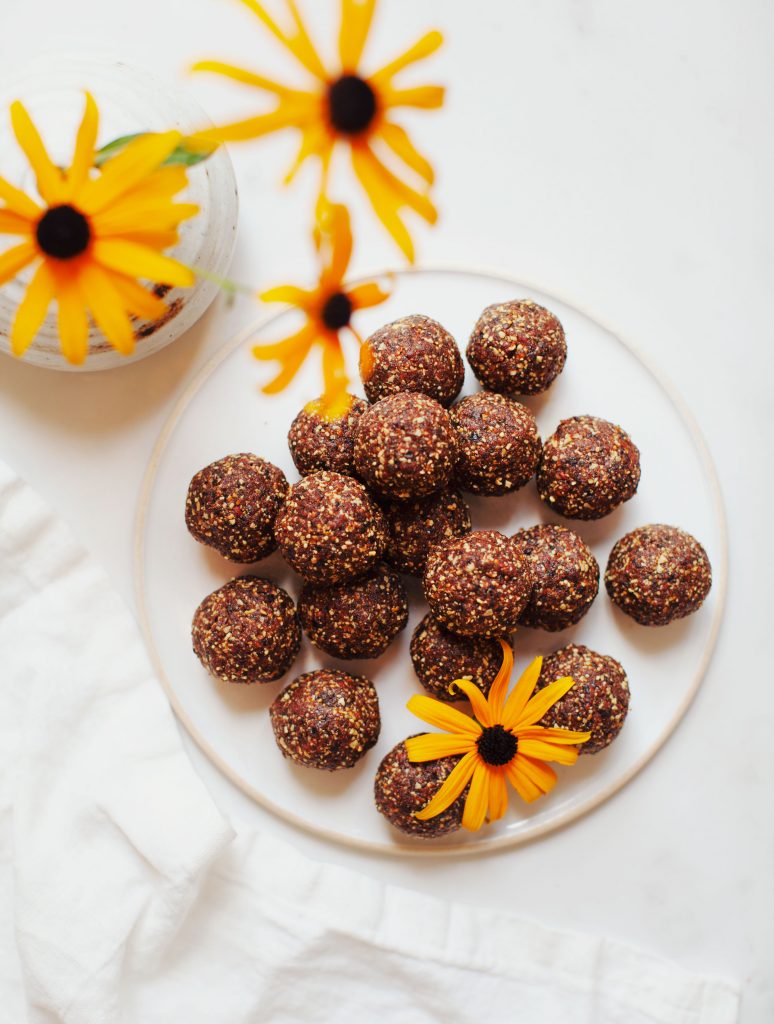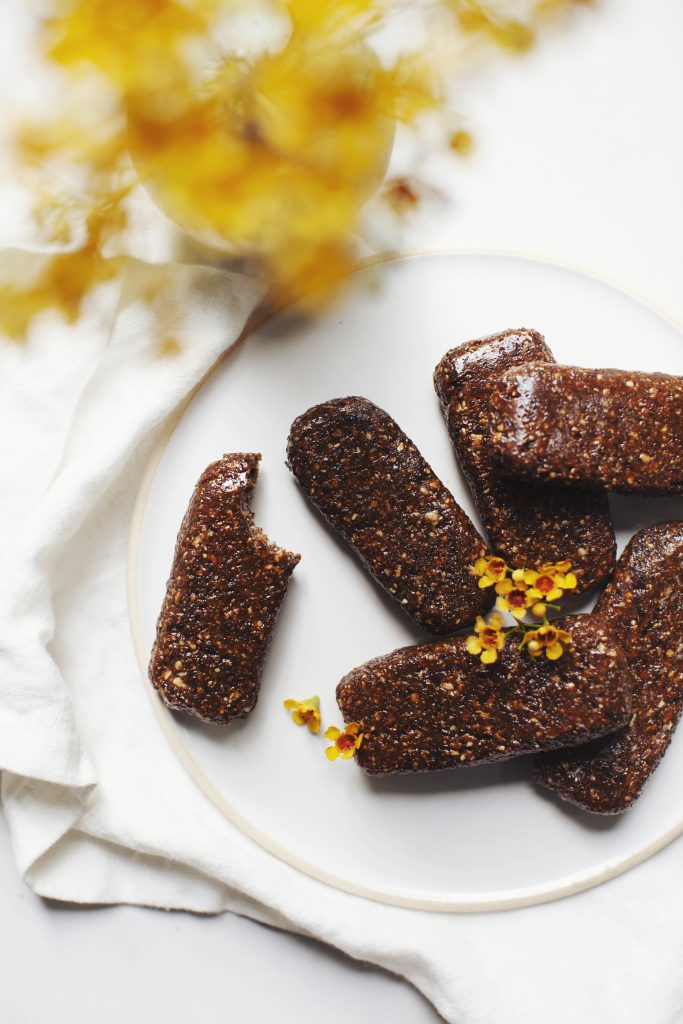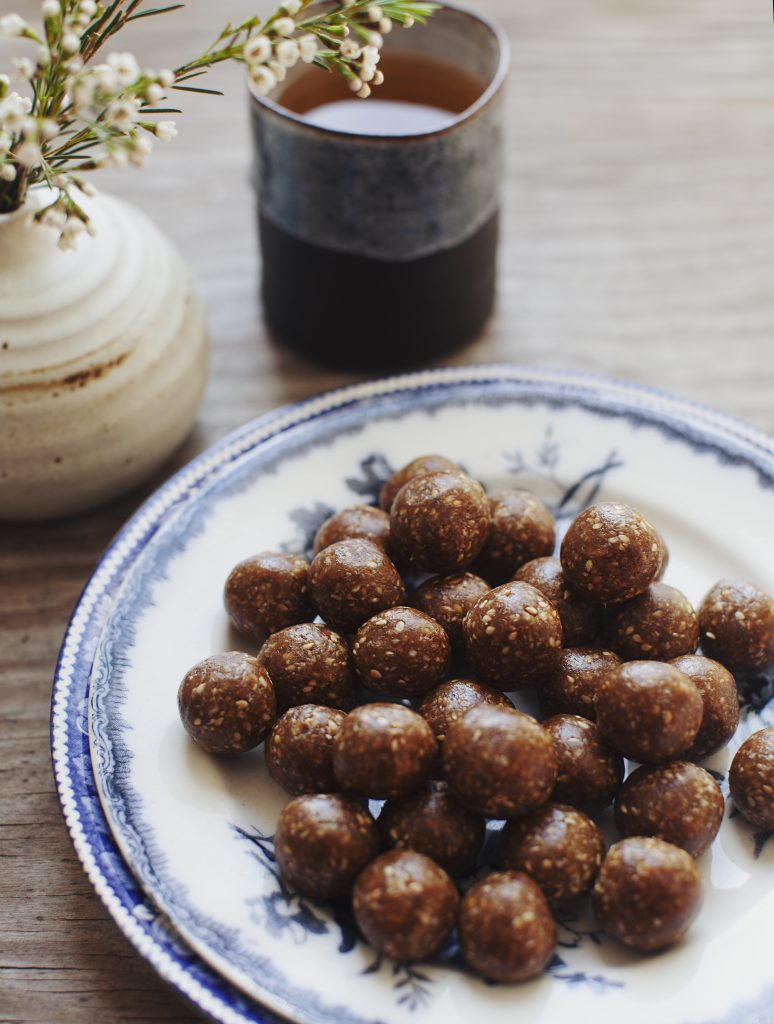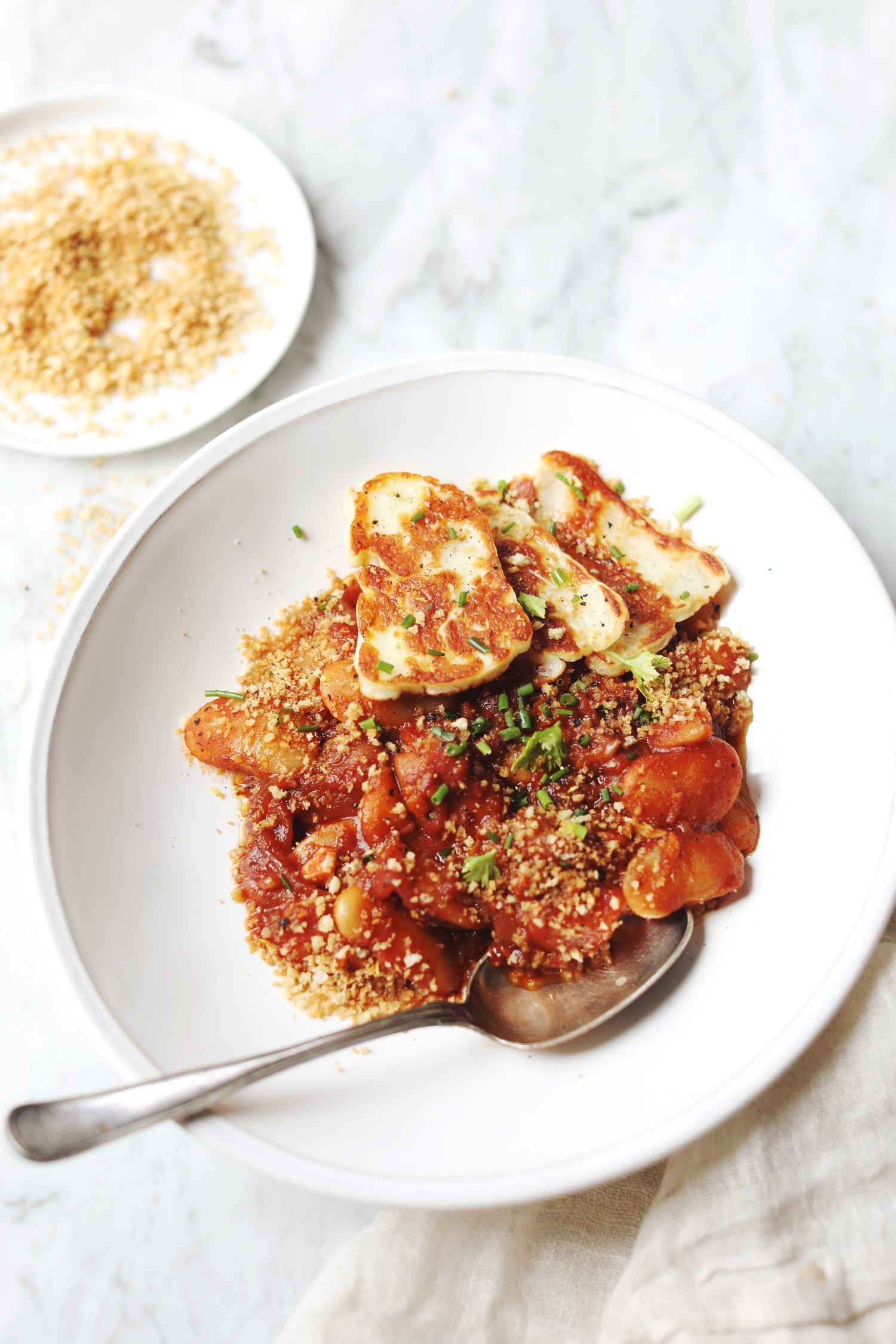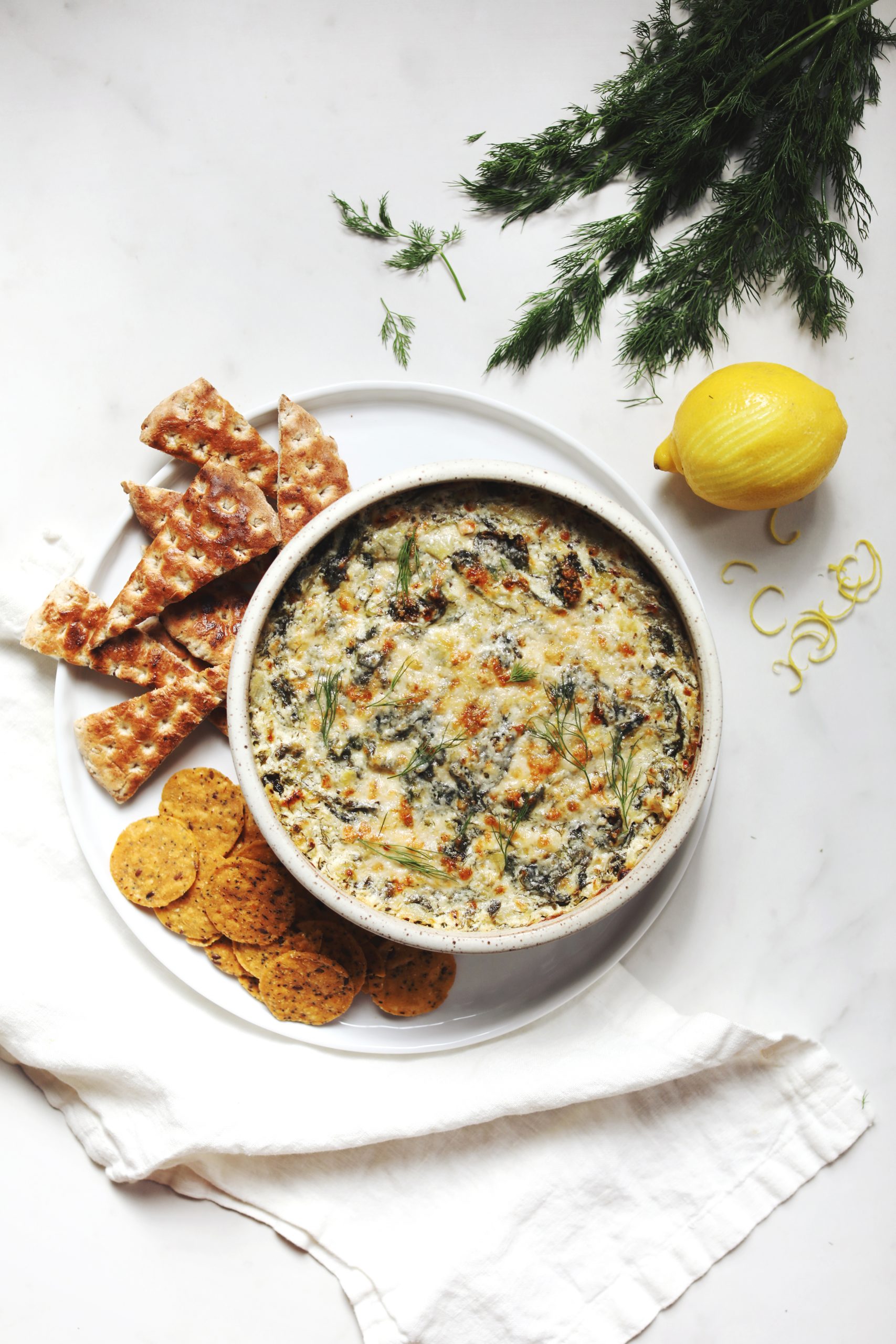Welcome to the Specific Carbohydrate Collection! Here you’ll find a compilation of all the Grow recipes that naturally adhere to the Specific Carbohydrate protocol, or with a few alterations, those that can be included into your everyday.
Holistic nutrition protocols like this one are short-term, potent ways to heal imbalances and can be life changing for some. The purpose of having these resources on Grow is for holistic nutrition professionals to have a supportive place to send their clients, as well as our Grow community to have the resources they need to be the happiest and healthiest as possible.
Haven’t yet heard of the Specific Carbohydrate Diet (SCD)? You aren’t alone! The SCD is a form of elimination diet that temporarily removes specific carbohydrates in an attempt to heal the digestive system. Key word… heal! This is not something that varied eaters and / or symptom-free people need to be doing nor would I recommend. If this protocol has been suggested to you by a professional, keep reading and we hope this comprehensive resource is helpful for you!
Similar to the low-FODMAP protocol, this style of eating has been recommended for people with compromised digestive systems such as inflammatory bowel disease, Crohn’s, Ulcerative Colitis, IBS, and SIBO. If you don’t have one of these conditions but suffer from ongoing constipation, frequent uncomfortable bloating, and / or a painful stomach, especially after eating trigger foods listed below, this may be a protocol to consider in the short term and we recommend you find a holistic nutritionist near you to discuss!
Why specific carbs? Some carbohydrates are more difficult to digest than others. If we were to follow the life of a carbohydrate as it travels through our digestive tract, we’d see that carbohydrates get broken down into three groups based on their chemical structure: monosaccharides, disaccharides, and polysaccharides.
Monosaccharides are the easiest to break down with just one molecule in its structure. Piece of cake… literally. The other two require a bit more work, hence why we call them complex carbohydrates. These types may digest and metabolize in a way that increases fermentation within the gut, creating more gas and gut permeability that can lead to inflammation and reduce nutrient absorption. By temporarily removing these triggering carbs, it can give your digestive system the chance to relax and ultimately, heal. Again, complex carbs don’t wreak havoc on a healthy, well-functioning gut – they’re even beneficial!
Before we get into the specifics of what foods to love and put on pause during this protocol, I want to acknowledge that many of these complex carbohydrates are quite nourishing for our bodies! We should not fear them. But in order for them to nourish us the way they were designed to, we need to create a vessel that doesn’t see them as a threat. If we have an inflamed GI tract, these foods could cause irritation and result in your digestive system shouting, “alert, alert” aka, lots of gas or lots of pain… pausing these foods may reduce those signals and give your body a chance to chill out!

Time for the specifics: The SCD allows / eliminates carbs based on their chemical structure and thus, digestibility. Carbohydrate-rich foods consisting of monosaccharides are encouraged to consume while many foods containing disaccharides and polysaccharides are temporarily removed. A large portion of these foods include highly processed, packaged foods that are common in the Standard American Diet. As I mentioned though, there are plenty of nourishing foods that fall into this category too. Generally speaking, the SCD emphasizes whole foods with plenty of fruits and veggies.
Before considering a protocol, I always encourage you to speak with your medical professional first! This protocol specifically reduces important nutrients that our bodies want to love! Working with an expert in this field can help you determine if this protocol is right for you and if so, how long you should adhere to it, and how to re-introduce more variety post-protocol. It’s a process people…
Foods to Love
- All fruits
- Most non-starchy vegetables
- Most nuts / seeds
- Additive-free nut butter
- Nut-based flours
- Grass-fed, pasture-raised meats and poultry
- Wild-caught fish / Eggs
- Most dried and soaked beans
- Dried legumes (not canned) that have been soaked / sprouted: soak 10-12 hours, discard water
- Aged cheeses / Dry curd cottage cheese
- Fats such as olive oil, coconut oil, organic butter, and / or ghee
- Homemade 24-hour fermented yogurt
- Honey
- Organic, fresh spices – best to buy individual spices that are organic to avoid anti-caking additives that create inflammation
- Unsweetened mustard / vinegars
- Unsweetened / unprocessed drinks such as weak tea, light roast coffee, club soda, dry wine
Foods to Pause
- Foods with additives, check labels! Best to stick to whole foods.
- Wheat / wheat-based products
- All other grains such as oats, barley, rice, buckwheat, rye, soy, corn, spelt, amaranth, and grain-based flours
- Starchy vegetables such as potatoes, sweet potatoes, parsnips, yams
- Most dairy: milk and cream products, soft cheeses, ice cream, etc
- Canned vegetables / fruit
- Processed meats
- Chia / flax seeds
- Canned beans / legumes: soybeans, mung beans, garbanzo beans, bean sprouts, fava beans
- Refined oils such as canola, vegetable, safflower
- Condiments with added sugar like balsamic vinegar, mustard, ketchup
- All sugar (except honey): molasses, maple syrup, cane sugar, coconut sugar, agave, high-fructose corn syrup, etc
- Sweets / packaged snacks: cookies, candy, products with syrups, molasses
- Cacao / Chocolate
- Seaweed products, algae, agar, carrageenan
- Sweetened drinks, beer, sweet wine, juice
- Artificial sweeteners / preservatives of any kind
The Recipes
Here are some recipe options for those on a Specific Carbohydrate Diet with some supportive and simple swaps where needed. When reading through these recipes, keep these helpful tips in mind:
- Sub sweeteners for honey
- Always use organic, fresh, individually packaged spices
- If using beans, ensure they are dried and soaked 10-12 hours in advance, not canned
- Ensure the ingredients used don’t have added oils, preservatives, sweeteners, etc.
Drinks


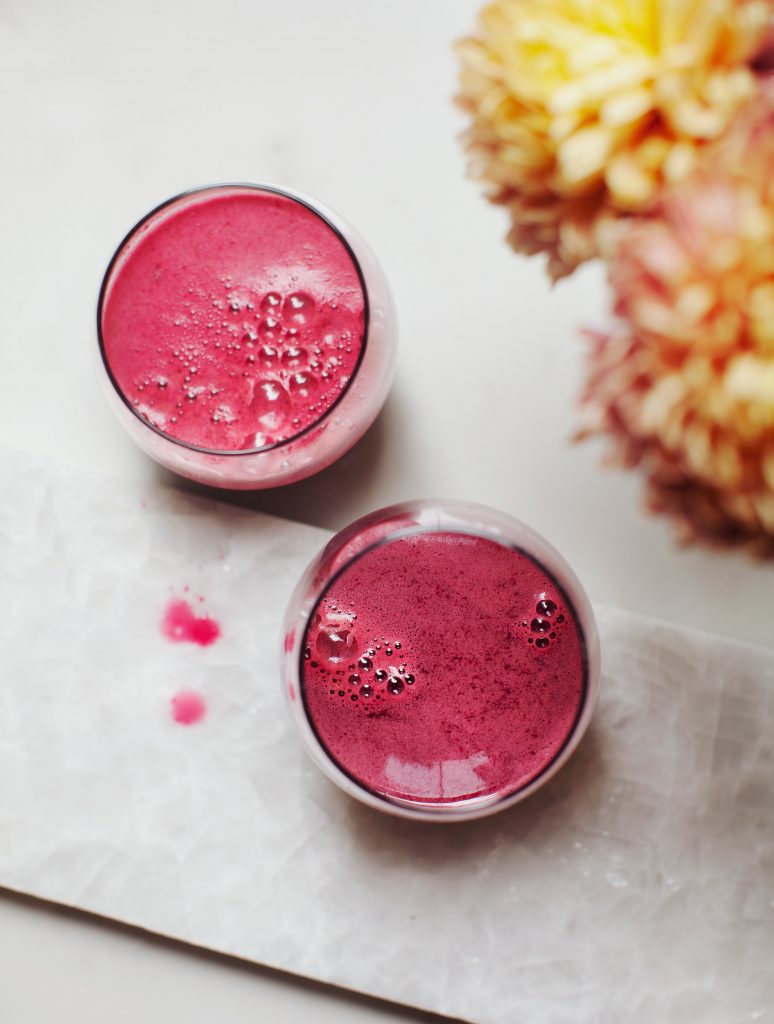
- Toasted Coconut Milk
- Magic Milk Collection – Avoid Mocha Date Milk / use honey for maple syrup
- Single Serve Golden Milk
- Simple Autumn Herbal Tea
- Actually Delicious Detoxifying Tea
- CCF Tea
- Tigernut / Chufa Milk
- Cashew + Hemp Milk
- Almond Milk
- Chaga Tea Concentrate
- Chai
- Masala Chai Concentrate
- Green Lemonade
- Pink Lemonade
Breakfast


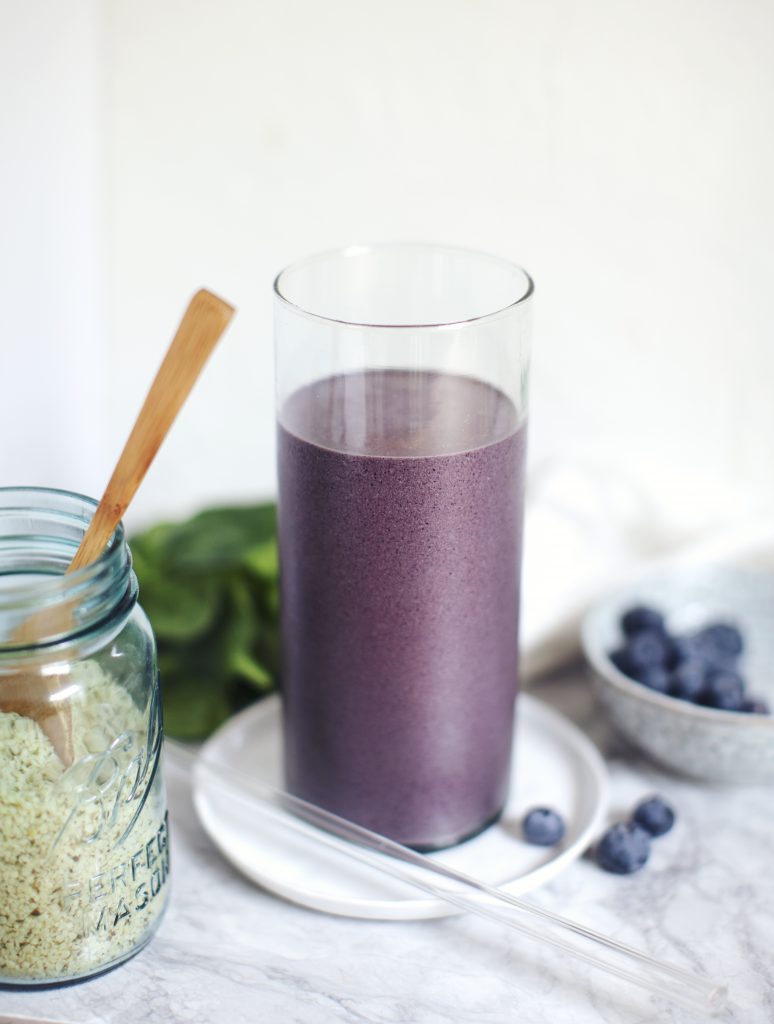
- Apple Porridge with Tahini Sauce
- Blueberry Blend Up Smoothie – Use ice for oat cube / omit flax
- Mojito Smoothie
- Onward and Upward
- Cherry Breakfast Sorbet
- Strawberry-Ginger Sunrise Surprise – No granola
- Raspberry Licorice Swirl Smoothie
- Powerful Protein Smoothie
- Green Machine Smoothie
- Strawberry Banana Tahini Smoothie
- Ginger Turmeric Tropic Thunder Smoothie
- Golden Milk Hot Smoothie
- Ginger Mint Pear Smoothie
- Bright Green Blended Juice
- Cucumber Pear Juice
- Tropical Green Juice
- Citrus Sunrise Juice
- Deep Blue C
Lunch / Dinner

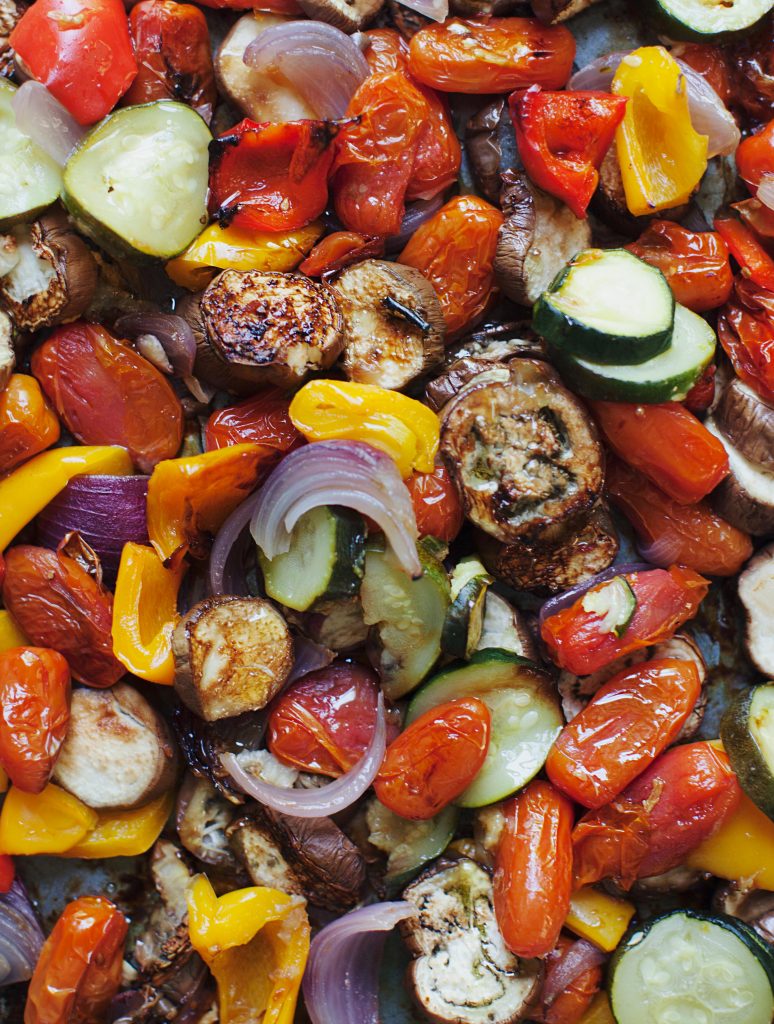
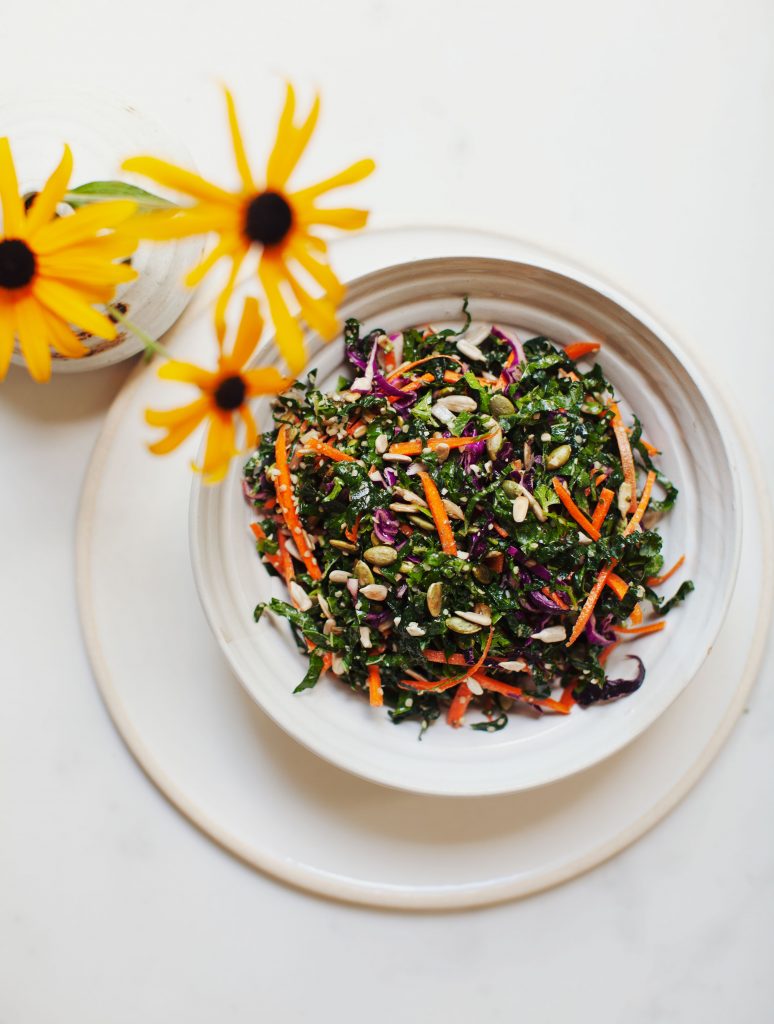
- Spicy Cream of Greens Soup
- Creamy Broccoli Soup
- Double-Double Asparagus
- Winter Balance Salad – Use honey
- French Lentil Salad
- Best Lentil Salad, Ever – Use honey
- Pantry Party Tomato Soup
- Kale Slaw with Seed Sprinkle
- Massaged Kale
- Massaged Cabbage
- Four Corners Lentil Soup
- Pressed Winter Salad
- Roasted Vegetables
- Marinated Veggies
- Good Green Lentils
- Late Summer Roasted Vegetables
- Late Summer Roasted Vegetable Soup – Exclude croutons
- Celebration Sunflower Seed Risotto
- Roasted Carrot and Fennel with Hariss, Black Lentils and Yogurt – Use honey in dressing
- Early Summer Miso Soup
- Pickled Swiss Chard Stem – Use honey
- Caramelized Onions and Swiss Chard / Caramelized Onions
- How to Cook Lentils
- Simplest Roasted Asparagus
- Simplest Roasted Radish + Carrot
- Pantry Pea and Dill Soup
- Garlicky Sauteed Kale with Chili
- Broccoli, Mushroom, + Sesame Stir Fry
Sauces & Toppings

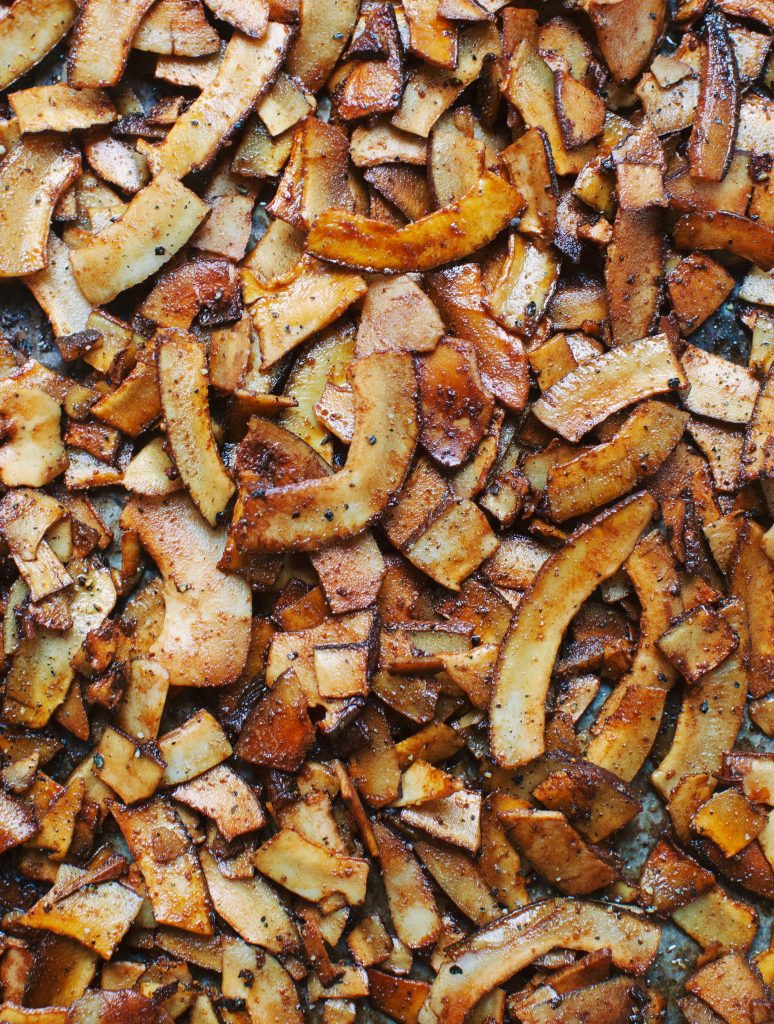
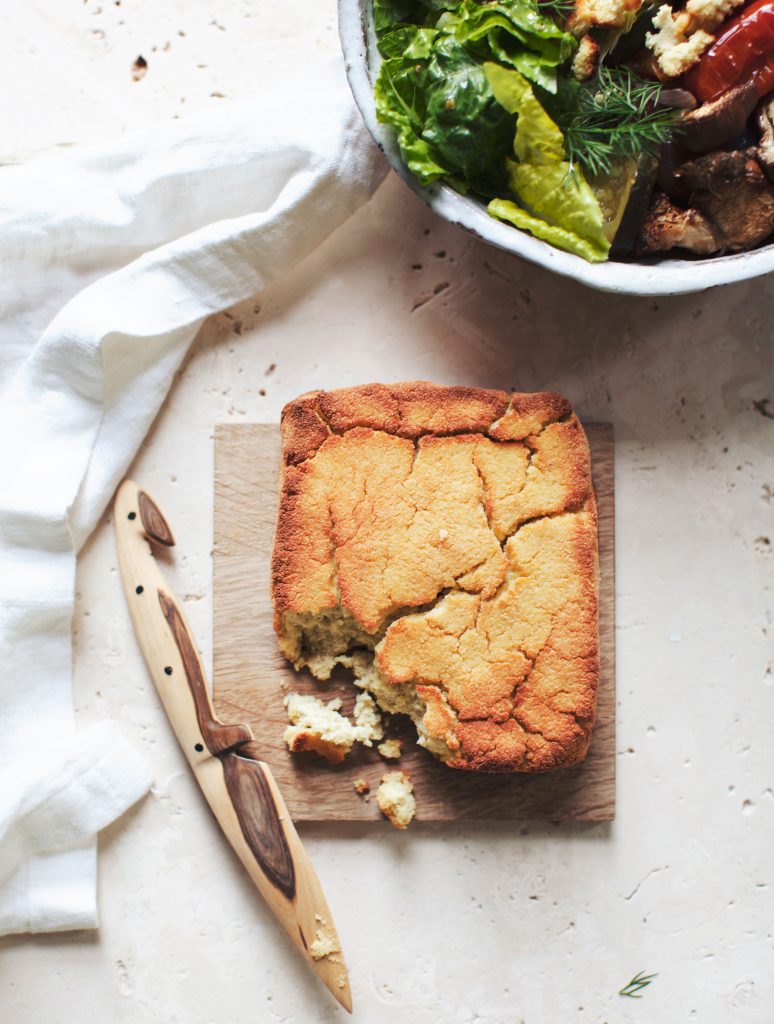
- Green Giant Sauce
- Smoky Tahini Sauce
- Parsley + Olive Tahini Dressing – Use honey
- Sprout Slaw with Ginger Turmeric Dressing – Use honey
- Greek Goddess Dressing
- House Dressing – Use honey
- Tangy Roasted Red Pepper Dressing – Use honey
- Green Pea and Tarragon Dressing
- Fermentation Frenzy
- Quick-Pickled Onions – Use honey
- Furikake-Inspired Sprinkle – Omit sugar
- Early Summer Hemp Seed Parm / Hemp seed parm
- Coconut Bacon – Use honey
- Pistachio Za’atar
- Garlic Confit
- Garlic Cloud Sauce
- Sesame Shiitake Sauce
- Vegan Cheese Making
- Almond Feta
- Blue Dream Drizzle – Use honey
Spreads & Snacks
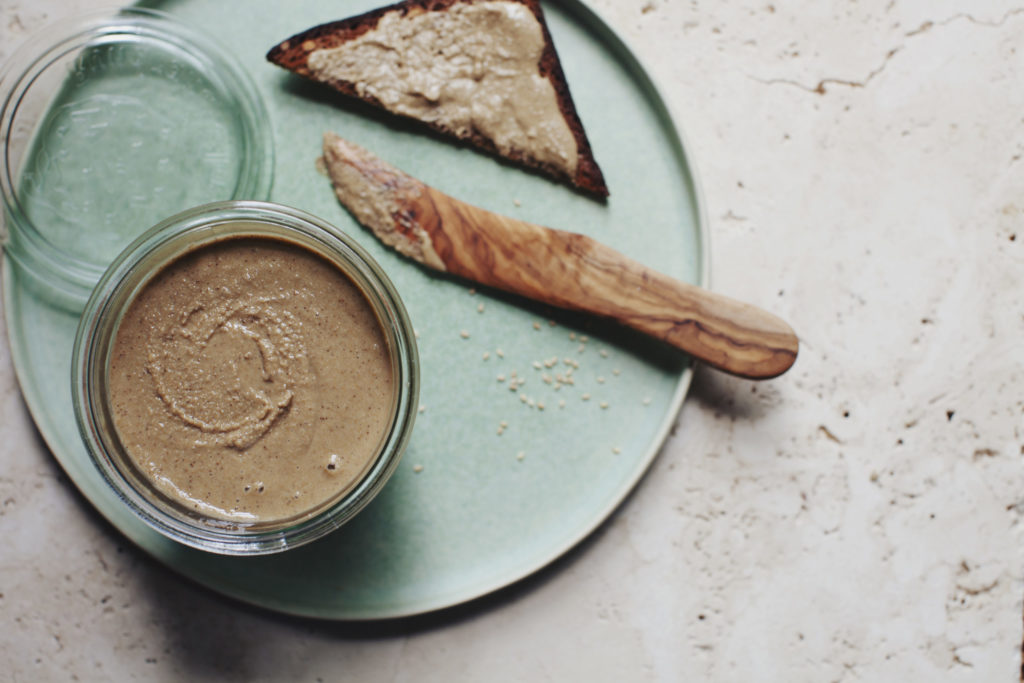
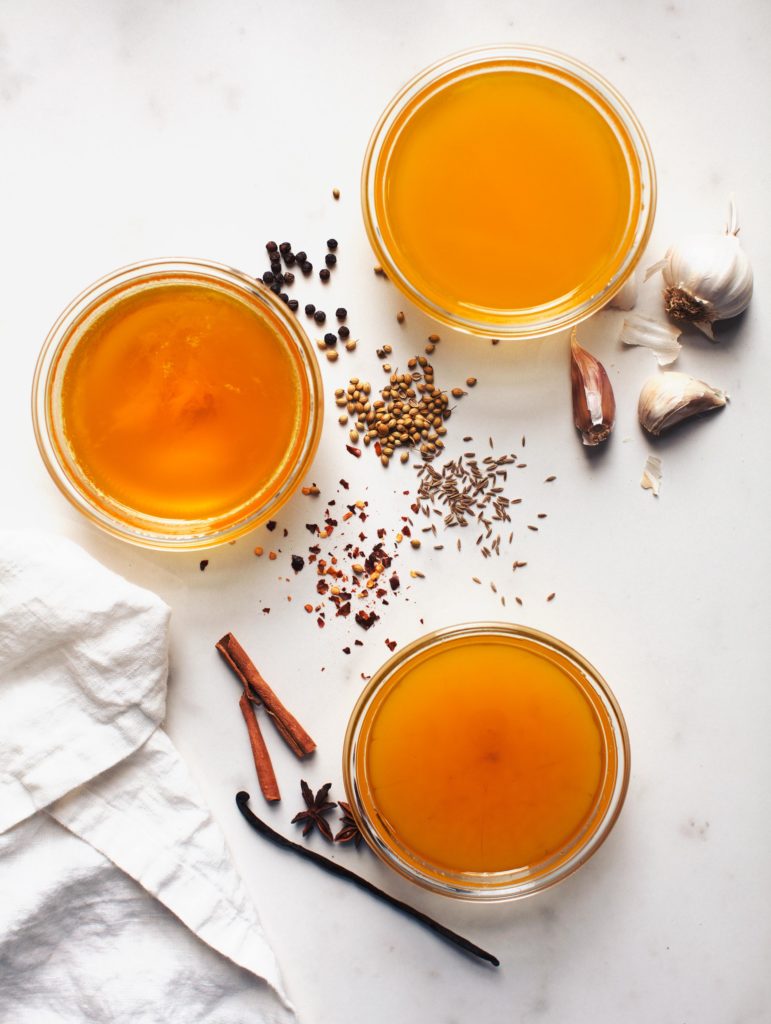
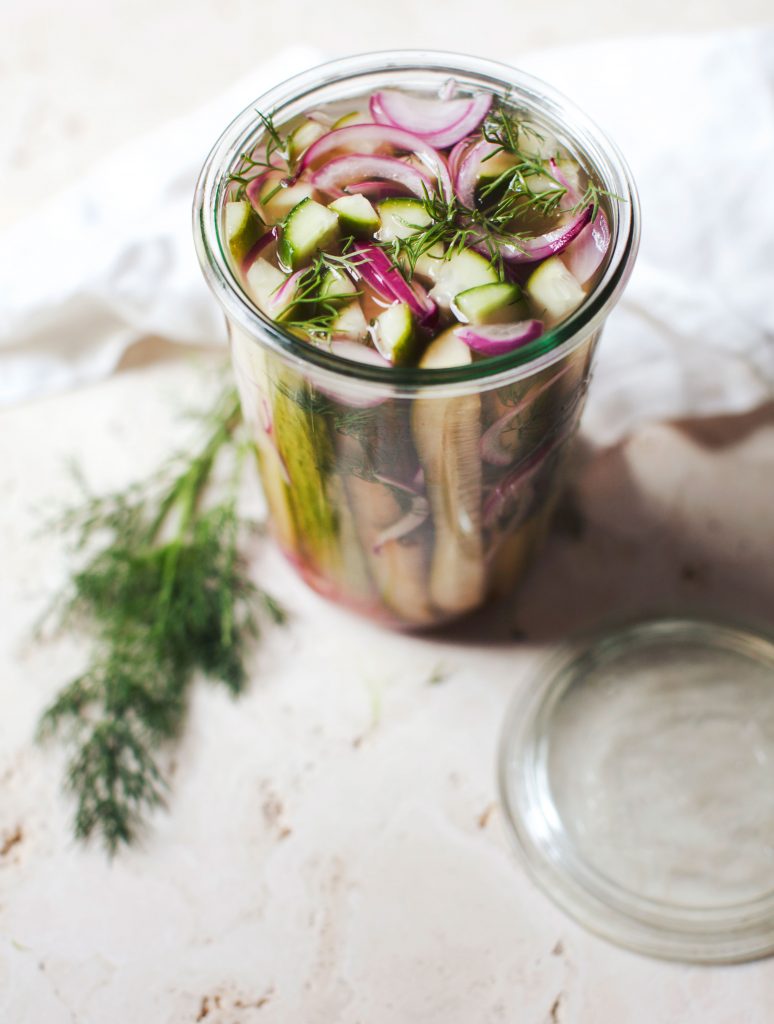
- Homemade Tahini
- Sunflower Seed Butter
- Pumpkin Seed Butter
- Almond Butter
- Chia Spice Nut Butter – Use honey
- Toasted Seeds / Roasted Nuts
- Activated Nuts and Seeds
- Miso Pea Spread
- Adzuki-Miso Dip – Soak the beans, see Adzuki Beans for instructions
- Chipotle-Lime Cashew Queso
- Lemony Dill Dip – Use honey, use white beans
- Minty Pea Dip
- Chili Oil Guacamole
- Avocado Salsa Boat
- Zingy + Zesty Marinated Olives
- Aleppo-Dusted Cucumbers
- Star Anise Ginger-Pickled Carrots – Use honey
- Dill pickles – Use honey?
- How to Make Ghee / Flavoured Ghee
- Everything Bagel Coconut Clusters – Use honey
- Thai-Flavoured Sprouted Lentil Dip
- Dino Kale Crisps – Use honey
- Samosa-Inspired Snacks
Desserts
